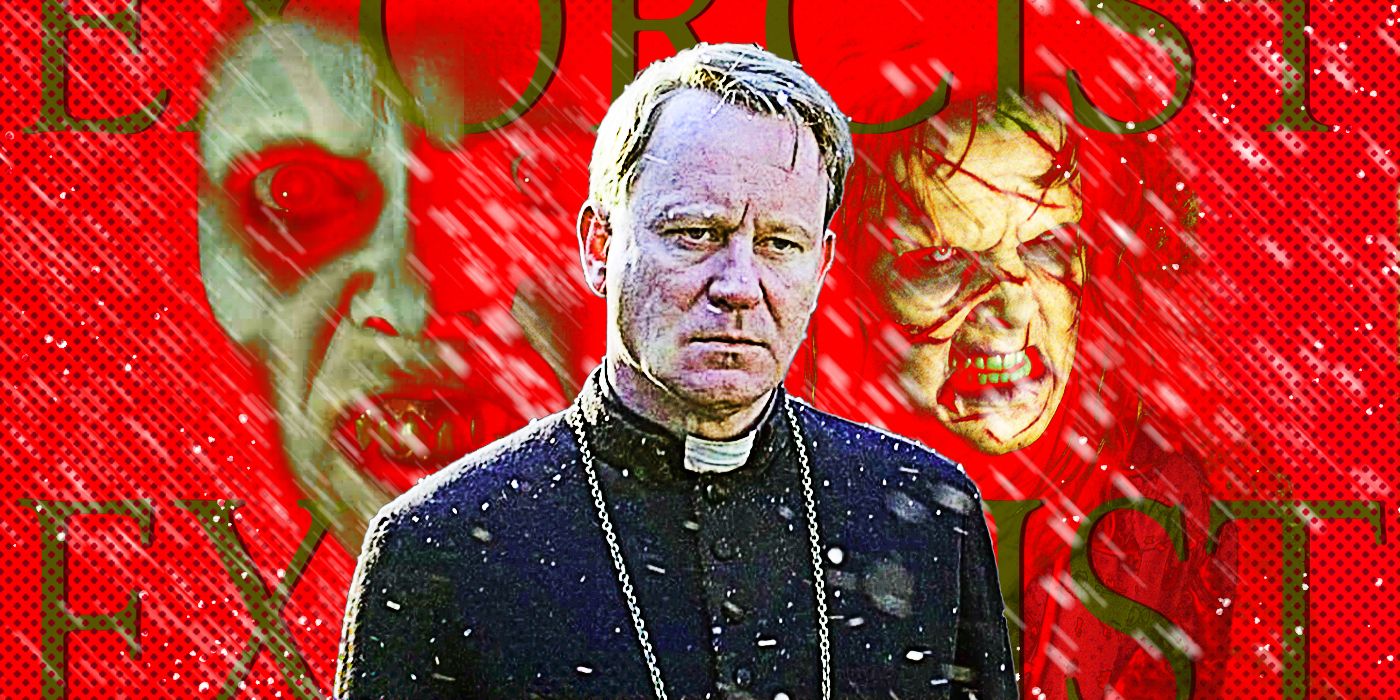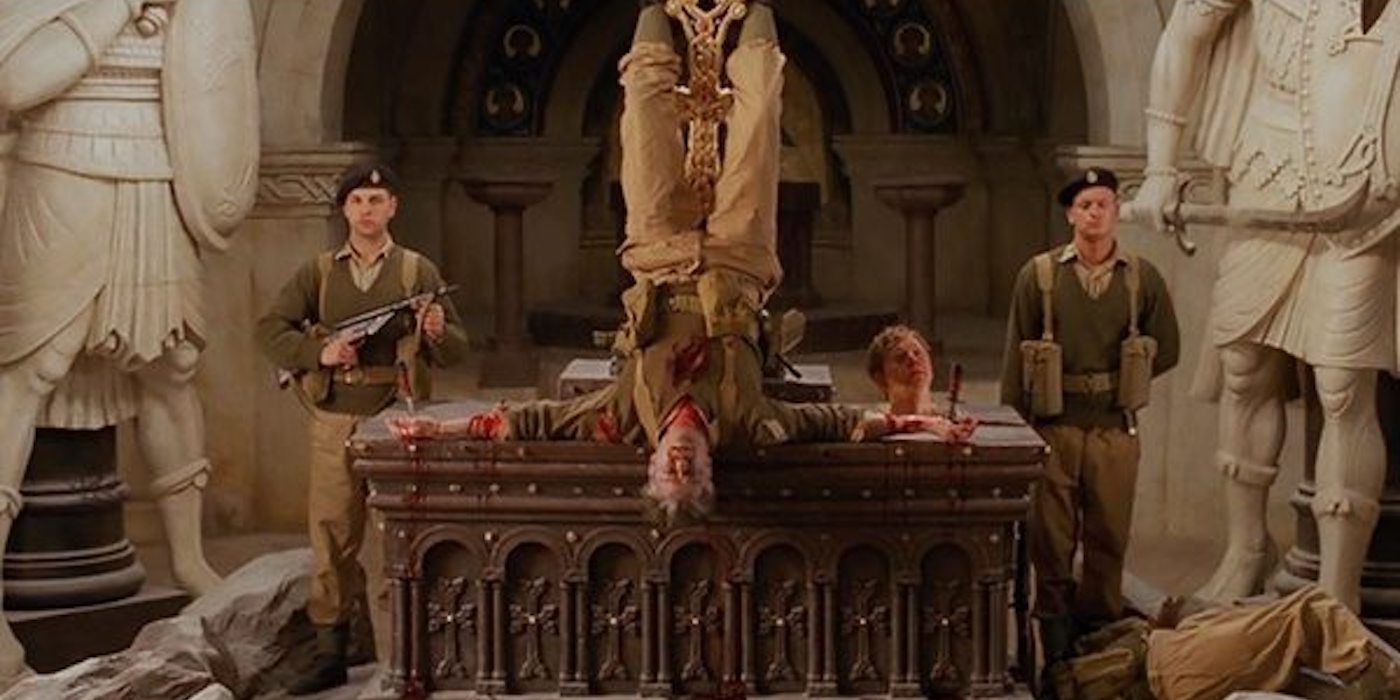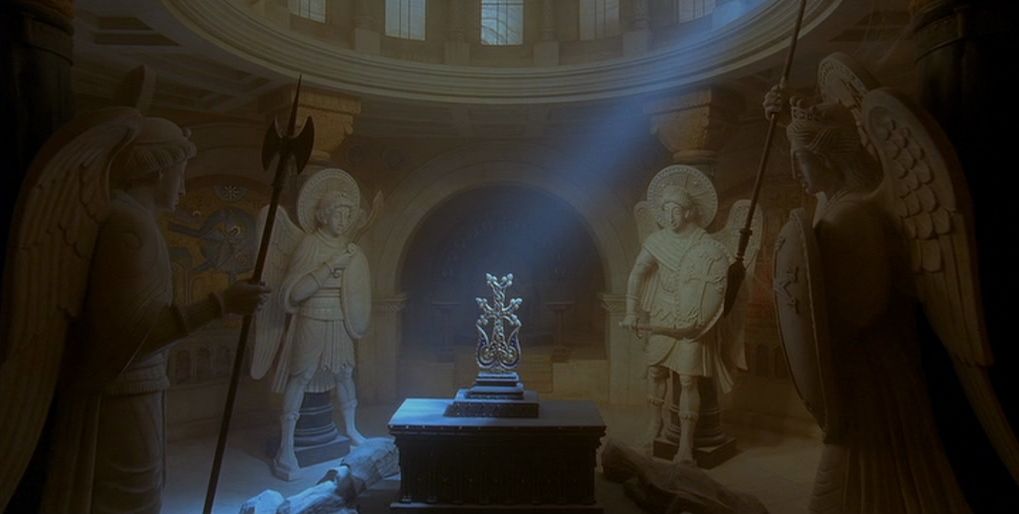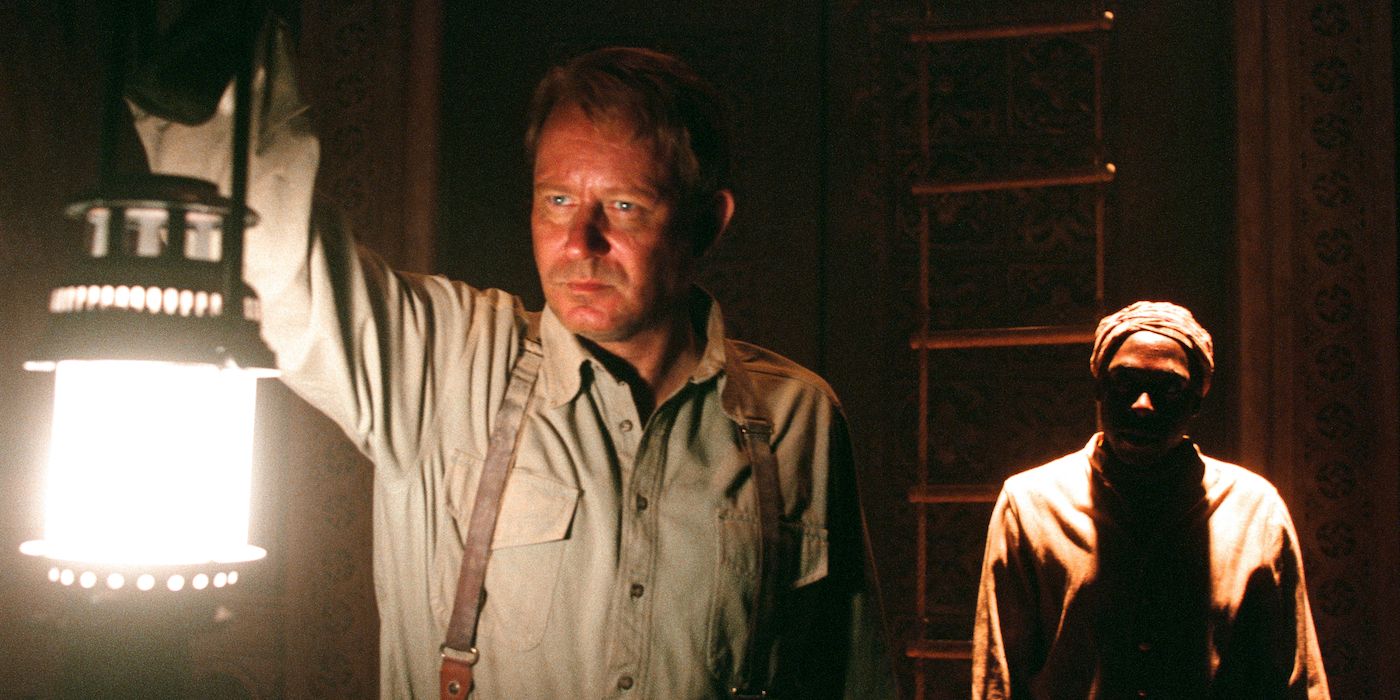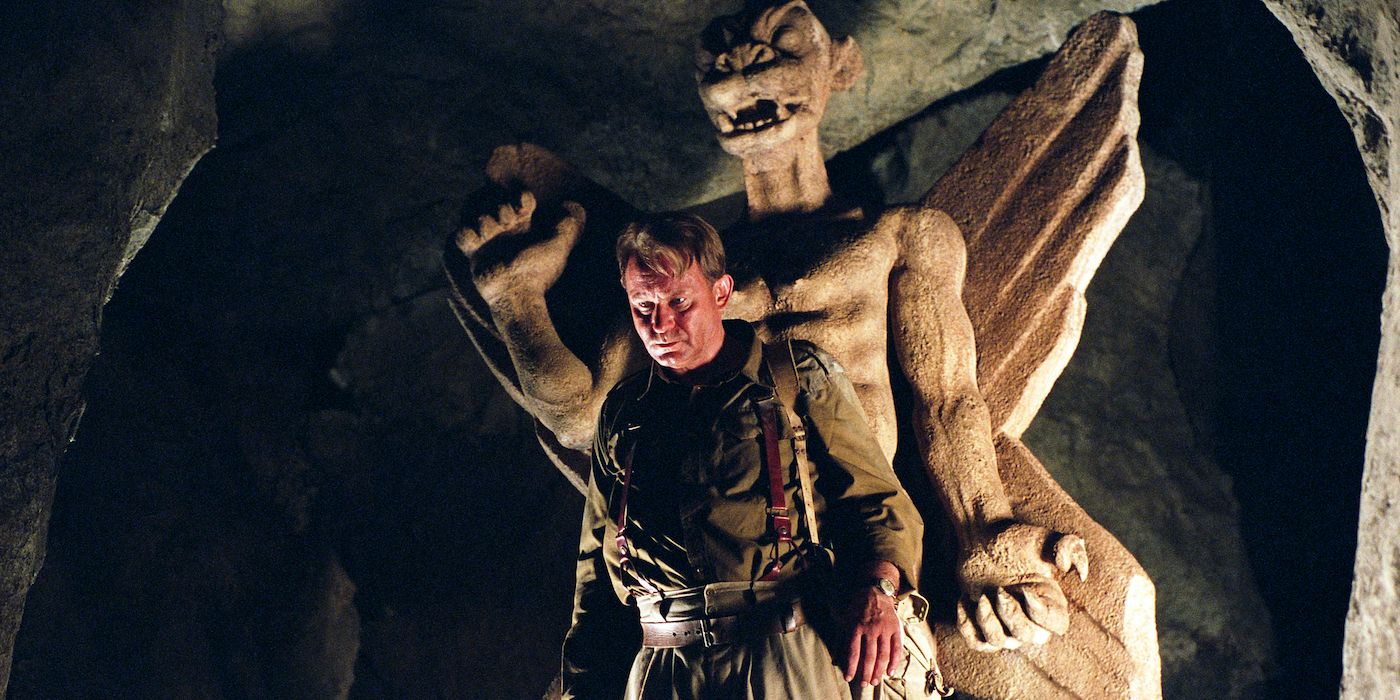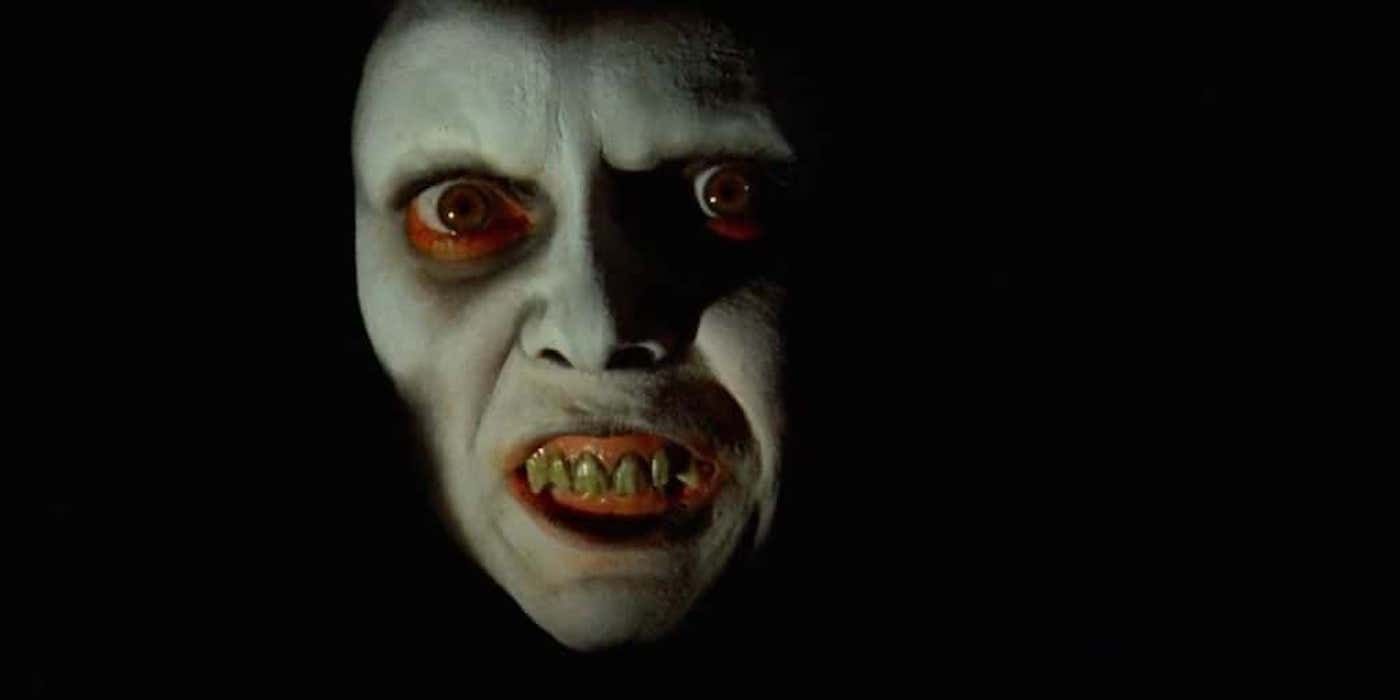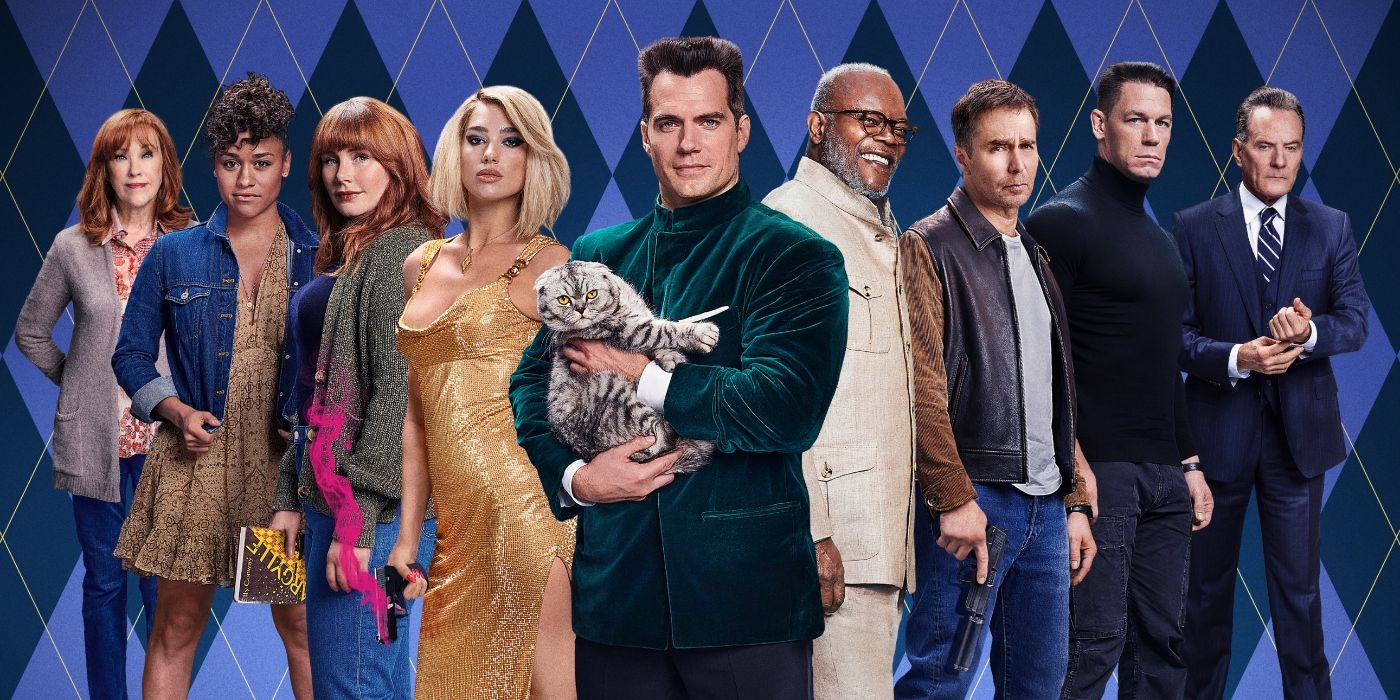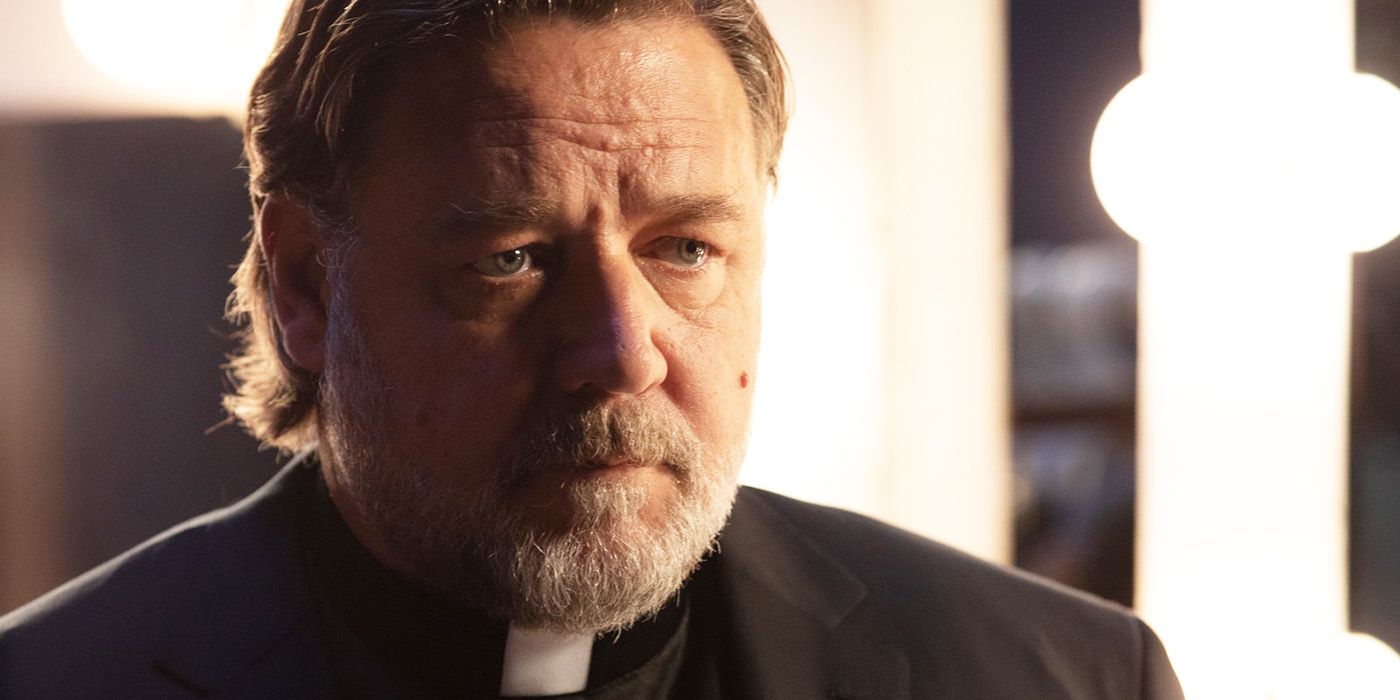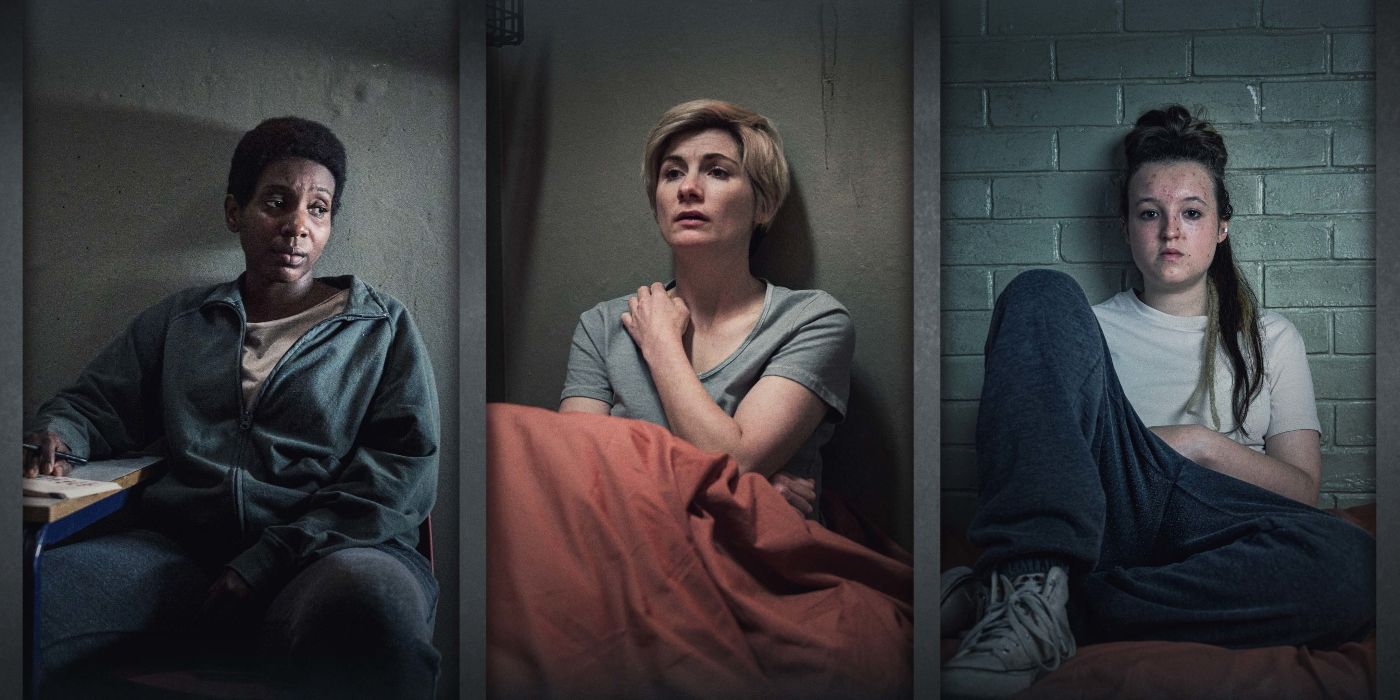There are few horror films more iconic than The Exorcist. The tale of a young girl’s demonic possession and her salvation by a pair of Catholic priests has endured at an unprecedented level, and almost 50 years on, it is still regularly cited as one of the scariest films ever made. From its haunting imagery to its spine-tingling use of music, it’s hard to think of one aspect that hasn’t implanted itself into the public consciousness. No doubt much of this is fueled by its litany of behind-the-scenes troubles that popularized the theory that it was cursed (including multiple injuries to its cast and crew, most of the New York set being burned down, and even a few deaths) – troubles that extended to its theatrical release when it was met with protests and attempts to have it banned.
Not that these prevented it from finding great success, becoming the highest-grossing R-rated horror film ever (a title it held until 2017’s It) and receiving nominations for ten Academy Awards. Discussions quickly began on a follow-up, and before long, The Exorcist was just part one of a much larger franchise (David Gordon Green‘s The Exorcist: Believer being the most recent). While the quality of the entries varies from terrible (Exorcist II) to secretly brilliant (The Exorcist III), there are none more fascinating than its failed prequels, Exorcist: The Beginning and Dominion: Prequel to the Exorcist.
How Did We Get Two Exorcist Prequels?
The concept of a prequel focusing on a young Father Merrin (Max von Sydow’s character from the original) had been floating around the hallways of Warner Bros. since the 1990s, but it wasn’t until 2002 that production got underway. Building off a throwaway line about Merrin performing an exorcism “10 or 12 years ago in Africa,” filming began with Paul Schrader at the helm and Stellan Skarsgård in the lead role, but what they came back with was not what the studio had hoped. Running for 130 minutes and featuring only minimal scares, Warner Bros. demanded heavy re-edits and reshoots, neither of which Schrader agreed to do. Studio anger resulted in Schrader being fired and Renny Harlin being brought on to salvage things, culminating in the film being remade from scratch.
The entire main cast (except Skarsgård) was replaced, and filming restarted in the winter of 2003 for a decidedly more commercial and action-oriented film. The final product, Exorcist: The Beginning, was released in August 2004 to terrible reviews and poor box office numbers, resulting in Schrader being allowed to finish his original vision. This version, now titled Dominion: Prequel to the Exorcist, hit cinemas just nine months later and once again failed to impress, although it is generally considered the superior film. Since then, both films have endured as a textbook example of how not to make a film, contrary to the wishes of Warner Bros. who would rather forget this mess ever happened. Their radically different tones, despite working off the same script, highlight just how important a director is to a film, and together they serve as a warning to studios about blindly giving the go-ahead to projects they do not fully support.
Paul Schrader Wasn’t the Right Choice for a Big-Budget Horror Movie
The first mistake made was hiring Schrader. Not that Schrader is a bad filmmaker – quite the opposite, in fact – but his career-long obsession with arthouse dramas made him an odd choice for a horror film. This is someone who got his start writing Taxi Driver and Raging Bull before branching off to direct his own existential masterworks like Mishima: A Life in Four Chapters and First Reformed. While he did direct Cat People, that was only a horror film by way of an extended pitstop into the lurid world of the erotic genre, far from what general audiences would want. Why the studio thought he would be the right choice is anyone’s guess, but it certainly guaranteed they would get a unique take on an Exorcist film. Skarsgård described it as a “big Hollywood, big-budget movie” being made by “an interesting, independent director”, adding that he didn’t know whether the studio was being “daring or stupid.” In retrospect, it’s an interesting quote to think about.
Despite the eventual problems that Dominion would face, the bulk of the production was a normal affair. When asked about it, Schrader said that “everyone was pretty much agreed” on what they wanted the end product to look like — more specifically, no one wanted to replicate the original. While its graphic violence and scenes of a little girl rotating her head 180 degrees and then projectile vomiting had once been considered shocking, the intervening years had seen such explicit content become commonplace, and trying to recapture that magic would be a fool’s errand. Instead, the core team – consisting of Schrader, Warner Bros., production company Morgan Creek, and screenwriter Caleb Carr – agreed that a simpler approach would be better, all delivered via an old-school style that matched the film’s 1940s setting. Schrader compared it to an Ingmar Bergman film, and considering its overarching themes of existentialism and religious faith (plus a main character who’s channeling Gunnar Björnstrand in Winter Light), it’s not an entirely perfunctory comparison.
What Went Wrong With ‘Dominion: Prequel to the Exorcist’?
But while things started well, they most certainly did not end that way. Morgan Creek did not like the initial cut. In fact, they hated it, and within a week of the first screening, its editor had been fired. It was a horror film without a scare in sight, thus making it a hard sell to the general public, even though Schrader claims it was exactly the film they’d agreed to. He later described Morgan Creek as feeling “buyer’s remorse,” who only realized Carr’s screenplay was not what they wanted after it had been made, by which point the opportunity for a quick fix had passed. Initially, the studio tried to edit their problems away, but even after removing twenty minutes, nothing had improved.
This is a film that opens with a traumatic scene of Merrin being forced to participate in the execution of ten citizens in Nazi-occupied Holland during WWII, an encounter that shatters his belief in God. The film simply wasn’t shot to be scary, and no amount of editing would change that. The studio also realized this, and shortly after, a barrage of reshoots was ordered. Schrader, unhappy with how things were going, refused to film them. Given that his relationship with Carr had also broken down after Carr accused him of excessively rewriting his script to earn himself a writing credit (something Schrader denied), it became clear that his role as director was untenable.
Renny Harlin Replaces Paul Schrader for a Complete Rewrite
Whether Schrader was fired, quit, or forced out differs depending on the source, but the result was the same – the director was gone, and now Warner Bros. had the unenviable task of salvaging a near-completed film. The studio screened what they had to various directors, one of whom they prayed would be their savior. Among those in attendance was Renny Harlin, a veteran director whose work on A Nightmare on Elm Street 4 and Deep Blue Sea had proven his capabilities when making a commercially viable horror film. Rather than performing a few reshoots and calling it a day, Harlin suggested remaking the entire film with a rewritten script and a new central cast. Out of options, the studio agreed, and within a few months, the cameras were back rolling on the brand new version of Exorcist: The Beginning.
‘Exorcist: The Beginning’ Was a Box-Office and Critical Failure
Once again, things did not go well. The Beginning opened to negative reviews and underwhelming box office results, but it’s unfair to blame Harlin. He was tasked with creating a more accessible film that contained all the thrills a popcorn-munching audience would want, and in this regard, he succeeded. The Ingmar Bergman approach was dead in the water, replaced by a quasi-Indiana Jones rip-off that showed no reservations about cranking up the scares to eleven. The quiet but horrific opening of its predecessor was gone, replaced by a bombastic scene featuring hundreds of men being crucified upside down, backed by sweeping camerawork and operatic music that wouldn’t be out of place in a Brendan Fraser Mummy film.
Similarly, the underground church that was previously just a Christian Byzantine-era building from long before Christianity had even reached this region was now revealed to be the exact spot where Lucifer fell after being cast out from heaven. It’s the first of many times Harlin ramps up the drama, in the process kicking all subtly to the curb. The connections to The Exorcist are also more overt, with the statue of Pazuzu (as seen in the original’s opening) making an appearance, alongside a final act possession that is achingly familiar to what Regan will undergo many years later. The story may be the same as Schrader’s film, but the mood could not be more different.
Paul Schrader’s ‘Dominion: Prequel to the Exorcist’ Also Failed
Rumors of Schrader returning started a month after The Beginning hit theatres, and he was officially rehired soon after. The meager budget and the short time he was allocated means the final version of Dominion can still not be considered a true director’s cut, but it does come very close to his original vision. The film was pieced together on the cheap by Schrader and his editor Tim Silano, their budget not allowing for basic post-production work like ADR or correct color timing. New CGI was out of the question, resulting in the occasional shot being copy-and-pasted from Harlin’s version. This also applied to the soundtrack, with snippets of new music (courtesy of an unpaid Angelo Badalamenti) fighting for space alongside an hour’s worth of reused score for The Beginning. The resulting film still met with negative reviews and dire box office results, but at least Schrader was able to let his vision see the light of day rather than being condemned to a Warner Bros. vault for all eternity, a fate other films haven’t been lucky enough to avoid.
Why this situation was allowed to happen is something future historians will write entire theses about. If it’s true that Morgan Creek never read the script then that shows a lack of professionalism few disasters can compare with, but the more likely reason is that they just didn’t know what they wanted until they were looking at the exact opposite, something we all can relate to. The most unfortunate thing is all this madness being done for two films that aren’t even any good – The Beginning sorely lacking the nuance that made the original so disturbing, and Dominion being a mostly dull affair sprinkled with some awful special effects.
It’s possible that Carr’s script was always the wrong basis with which to structure a prequel, and had Schrader and Harlin been given the time to develop their own stories they may have produced something better. But no one was in the mood to try again, and the fiasco of these films may be why it has taken nearly 20 years for another Exorcist film to arrive. Although we only have one trailer, Believer looks hopeful to reboot this franchise to its former glory, especially because it will see the return of Ellen Burstyn‘s Chris MacNeil, who has not appeared since the original movie. And if Green’s work on the Halloween franchise is anything to go by, the Exorcist series is in very capable hands.
The Big Picture
- The Exorcist franchise experienced a long gap between films due to the troubled production of its last two installments, which resulted in poor reviews and box office numbers.
- The original Exorcist film is considered iconic and one of the scariest movies ever made, with its success leading to a larger franchise.
- The failed prequels, Exorcist: The Beginning and Dominion: Prequel to the Exorcist, experienced behind-the-scenes troubles, including disagreements between the director and studio, resulting in a complete remake and two versions of the film being released with negative reviews.

